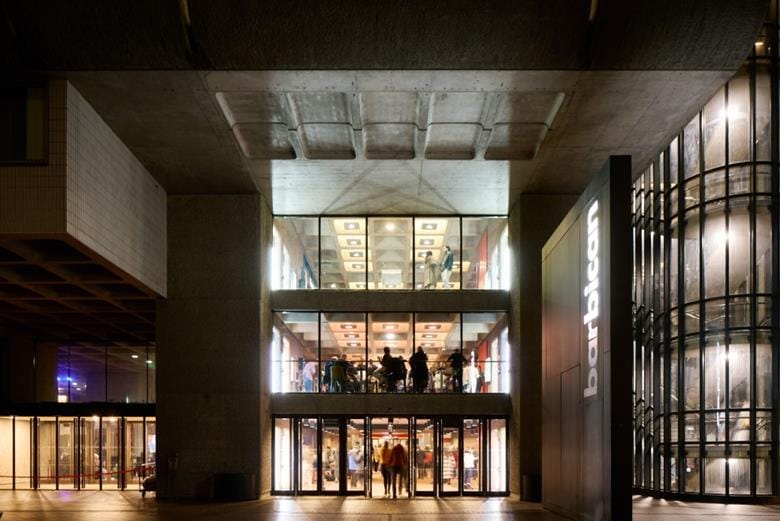Bow Street Hotel, London
| Sector: | Commercial |
|---|---|
| Type: | Conversion of historic courthouse into a luxury hotel |
| Date: | 2021 |
| Location: | London |
| Services: | MEP |
This Grade II listed building was constructed in the late 1800s and housed the Bow Street Magistrates Court and Police Station. Located in Covent Garden, opposite the Royal Opera House, the Victorian building has been successfully converted from the most famous court in England to a luxury hotel with 91 rooms, elegant dining and a grand ballroom.
Project background
The aim of the project was always to restore and celebrate the existing buildings and their features. The Bow Street Magistrates Court and Police Station are separate buildings adjoining each other which were completed around the same time.
Both court and police station have seen many notable defendants including Oscar Wilde and the Kray Twins. The police station was also home to the Bow Street Runners, England’s first professional police force. The site therefore has a lot of history, and it was important to preserve the links to its past while modernising it for its new use. A museum was created in the former police station, to allow guests and visitors to learn about the history of this fascinating building and its former inhabitants.
The hotel, part of the NoMad chain, provides 91 guest rooms, a new glass-domed restaurant, three bars and a grand ballroom (which is located within the original courthouse). It opened its doors in 2021 and was declared Hotel of the Year at the Ahead Europe awards that year.

Deliverables required
MultiCAD’s expert team provided
Working from a point cloud scan of the existing site, our technicians provided fully coordinated MEP designs for the new services required by a luxury hotel, catering for 91 guest rooms, dining rooms and bars, kitchens, back-of-house operations, plantrooms and more.
Main challenges
The structures retained on-site form two sides of the new development, with a covered courtyard enclosed by a new acommodation block. Preserving the Victorian building meant MEP services couldn’t be distributed as they would in a traditional hotel, making the job of optimising the space more difficult. The design team had to work creatively to maximise capacity for guest rooms and dining/bar areas, alongside the necessary electrical, heating and ventilation services, while also designing for noise management.
Because the magistrates court and police station were two separate buildings, the floor plates weren’t aligned when they were built, providing a further challenge for the distribution of services.
Additionally, the nearby residential buildings created a need to manage noise and odours from the building and its ventilation. The redevelopment of the rooftop was a crucial part of the plant requirements and care had to be taken to comply with the ‘rights of light’ of neighbouring buildings.

Solutions provided
To manage the provision of services in both the new part of the build (a 3-level basement and the new accommodation block) and the existing structures, bespoke design work was needed which MultiCAD provided in the MEP Revit model.
Each service riser needed a unique design because the space was so tight. One of the lightwells was repurposed as a large service riser. Trimmed steelwork often appears through the risers, meaning coordination had to be highly accurate.
Another example of creative design work involved repurposing a stairwell as an intake air shaft to allow large volumes of air to be drawn from the rooftop down to supply the new basement.
The floor level changes between the two original buildings meant that the services for guest rooms in this area needed bespoke designs, with some rooms serviced from above, some below and some laterally. A cut and paste approach wouldn’t have worked, and yet the team still delivered highly accurate work within the project timelines.
The rooftop plant design was key to realising the project in the space available. The height had to be managed carefully to avoid rights of light issues with neighbouring properties, while also housing AHUs, ventilation units, chillers and outdoor VRF units. In addition, the design needed to mitigate noise and odours from these units, and a bespoke enclosure was designed to reduce noise without constraining airflow. On top of all this, it was essential to maintain the historical integrity of the building.
Discuss your project with our experts
Contact us for high quality MEP design solutions that meet your commercial and aesthetic requirements.
